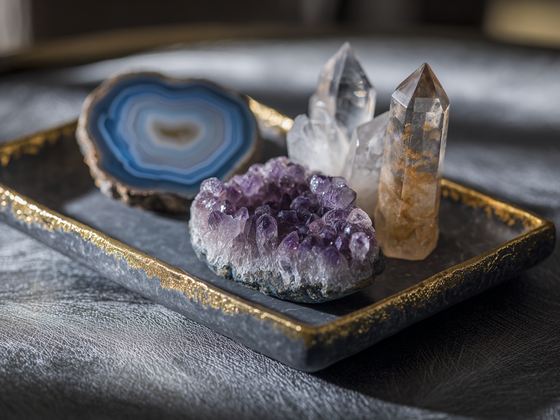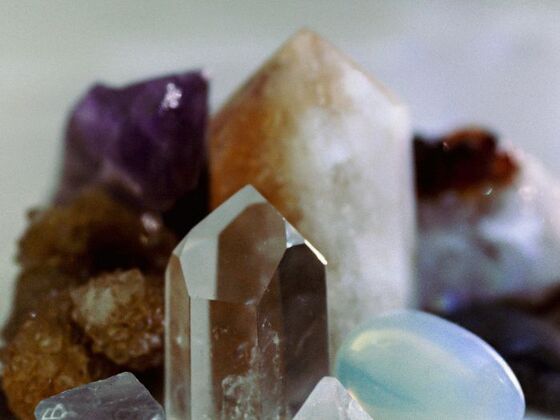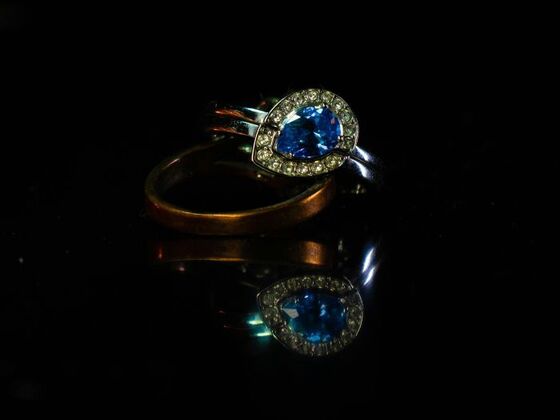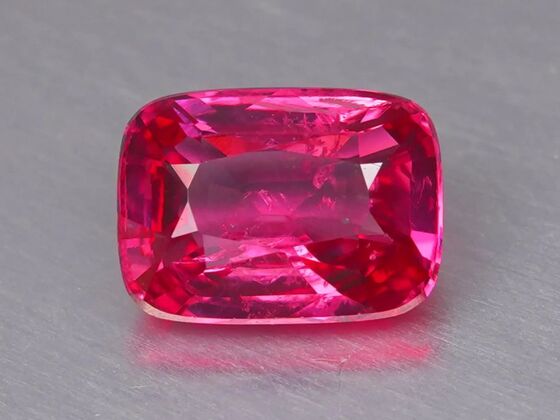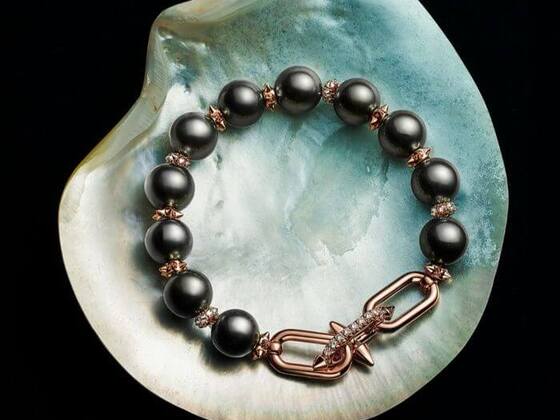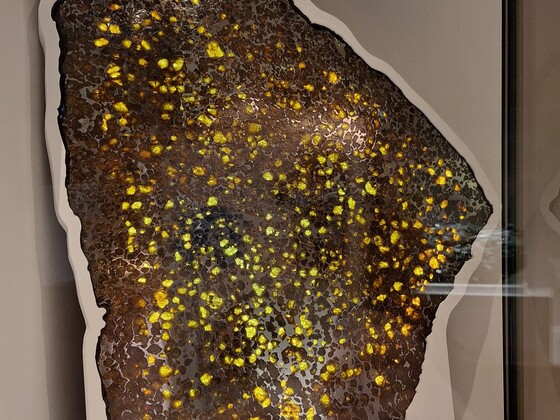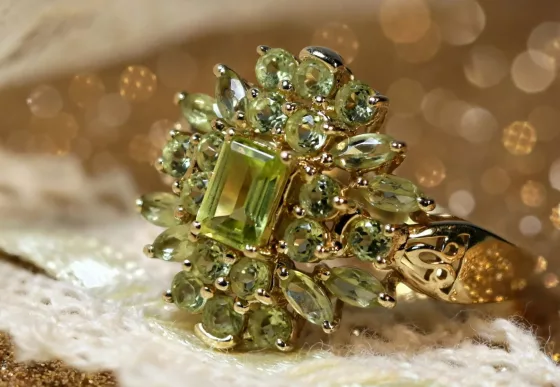Diamonds have long epitomised rarity and luxury in the world of gemstones, celebrated for their brilliance and enduring value. Yet, just beyond the glitter of diamonds thrives a captivating realm of minerals that surpass diamonds in rarity and mystique. These extraordinary minerals tell stories of Earth’s deep past, carry complex chemical secrets, and excite collectors and scientists with their profound uniqueness. This article dives deeply into the world’s rarest minerals beyond diamonds, exploring their fascinating origins, scientific importance, and the allure they hold in jewellery and beyond.
What Defines a Mineral as one of the World’s Rarest Minerals?
Rarity in minerals is a multifaceted concept grounded in geologic, chemical, and physical factors. It arises from the exceedingly specific conditions required for a mineral to form, such as extreme pressure, temperature, rare elemental combinations, or unique geological environments. Some minerals only appear in a handful of locations worldwide, often in tiny quantities, making them practically unobtainable. Additionally, rarity often considers the ability to find clear, gem-quality specimens suitable for cutting and collection. Together, these factors ensure that rare minerals hold both scientific significance and collector fascination far beyond their aesthetic appeal.
The Rarest Minerals Beyond Diamonds
Kyawthuite: The Rarest Gemstone Known
Kyawthuite stands genuinely unique in the annals of mineral rarity. Discovered in the early 21st century, this mineral contains a rare combination of elements, and specimens are vanishingly scarce. Its limited geographical footprint and distinctive crystal structure puzzle mineralogists and add layers to its enigmatic reputation. Kyawthuite’s rarity places it among the top of the rarest minerals, and its elusive nature adds to the thrilling hunt for discovery.
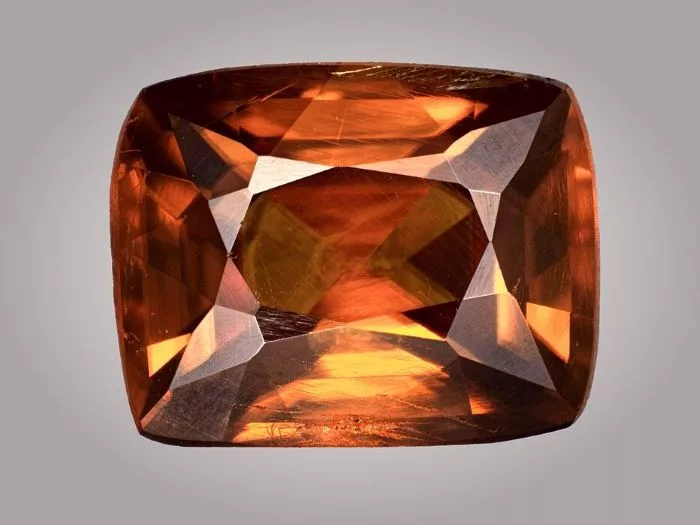
Painite: A Gemstone of Exceptional Rarity
Painite has often been dubbed the rarest gemstone on Earth. Initially identified in the 1950s by British gemologist Arthur C.D. Pain, this gemstone was once known from just a handful of specimens, making it nearly mythical. Its chemistry involves a rare combination of calcium, zirconium, boron, aluminium, and oxygen, a complex synergy rarely found in the natural world. Today, dedicated mining in Myanmar has increased the availability somewhat, but high-quality painite remains incredibly rare and commands staggering prices, often tens of thousands of dollars per carat.
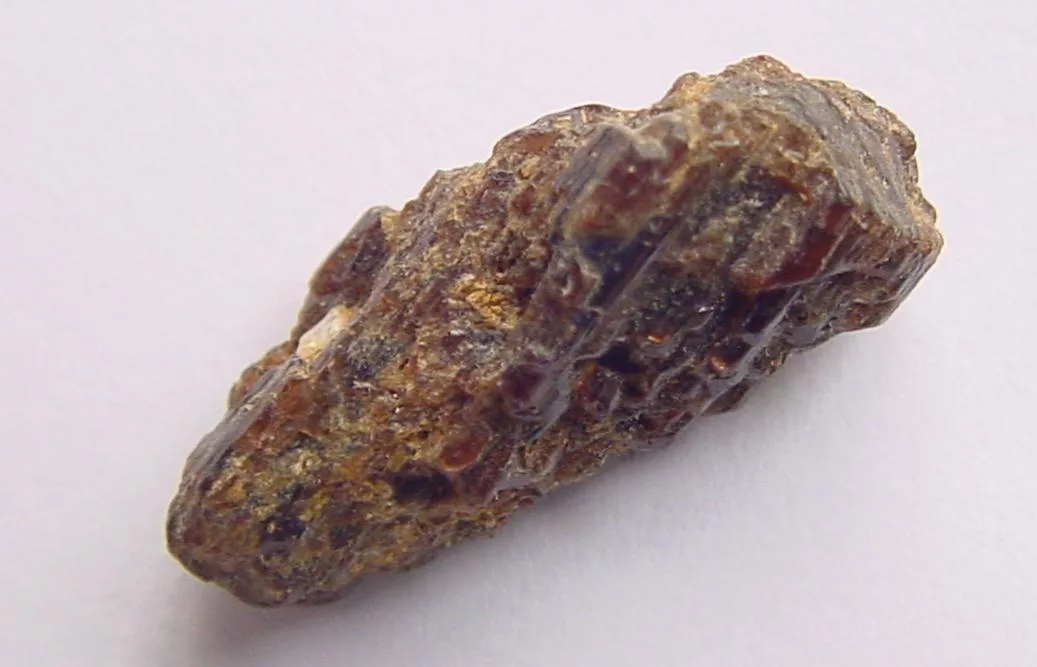
Grandidierite, Taaffeite, Musgravite, Jeremejevite, and Serendibite
This remarkable group of minerals each holds a place in the rarest gemstone pantheon. Taaffeite, once misidentified as spinel, is estimated to be over a million times rarer than diamonds. Exceptional for its lavender to mauve hues, it captivates collectors with both rarity and beauty. Musgravite, discovered in Australia’s Musgrave Ranges, is so rare that fewer than 10 gem-quality stones are known, its scarcity driven by very specific geological birth conditions. Grandidierite, from Madagascar, astonishes with vibrant trichroic colours, shifting hues from blue-green to yellow-green as it moves. Jeremejevite and Serendibite also fascinate for their rarity and distinct chemical makeups, each found in minuscule amounts globally.
Red Beryl (Bixbite): The Elusive Red Gem
Red beryl, also known as bixbite or sometimes referred to as “red emerald,” rivals the rarest minerals in terms of exclusivity. With occurrences mostly in the Wah Wah Mountains of Utah, this red gemstone is estimated to be 1,000 to 8,000 times rarer than rubies, itself a precious gemstone. Its raspberry-red colour owes to rare manganese traces, and unlike most beryl, which grows in pegmatites, red beryl forms uniquely in rhyolite. This geological anomaly contributes to its extreme scarcity, making fine specimens a treasure for collectors and jewellers seeking intense colour beyond standard stones.
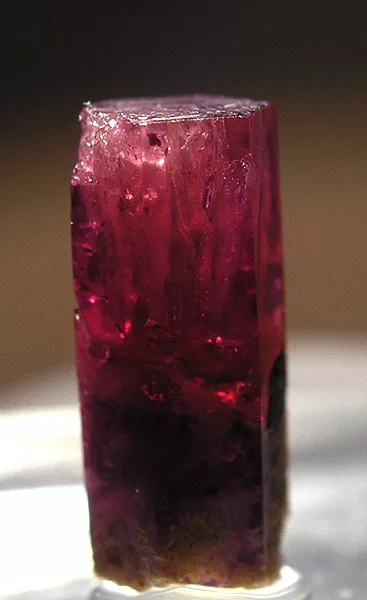
Burma Ruby: The Pigeon Blood Treasure
Among rare gemstones, the Burma ruby stands proudly for its vibrant colour and scarcity. Originating from Myanmar, also known as Burma, its hallmark “pigeon blood” red is prized worldwide. Unlike rubies from other regions, Burmese rubies have a low iron content, which enhances their intense red glow. The high demand for these rubies, paired with limited supply, makes them some of the most valuable and sought-after gemstones in the world. In fact, the legendary Sunrise Ruby holds records as one of the most expensive rubies ever sold at auction.
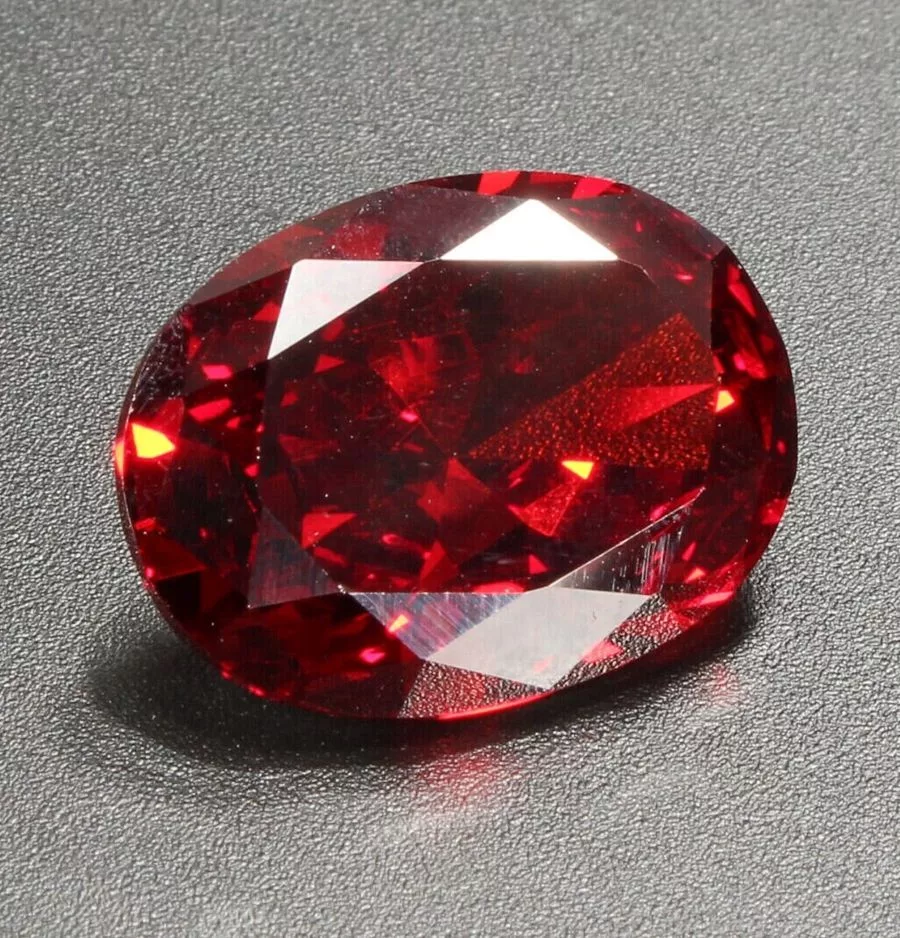
Alexandrite: The Colour-Changing Wonder
Discovered in the Ural Mountains in the 19th century, alexandrite’s fame arises from its extraordinary ability to change colour under different lighting—greenish in daylight and reddish in incandescent light. This rare chrysoberyl variety is extraordinarily scarce, with high-quality specimens commanding very high prices. Alexandrite’s magical transformation and rarity make it a prized collector’s treasure, symbolising both scientific marvel and aesthetic allure.
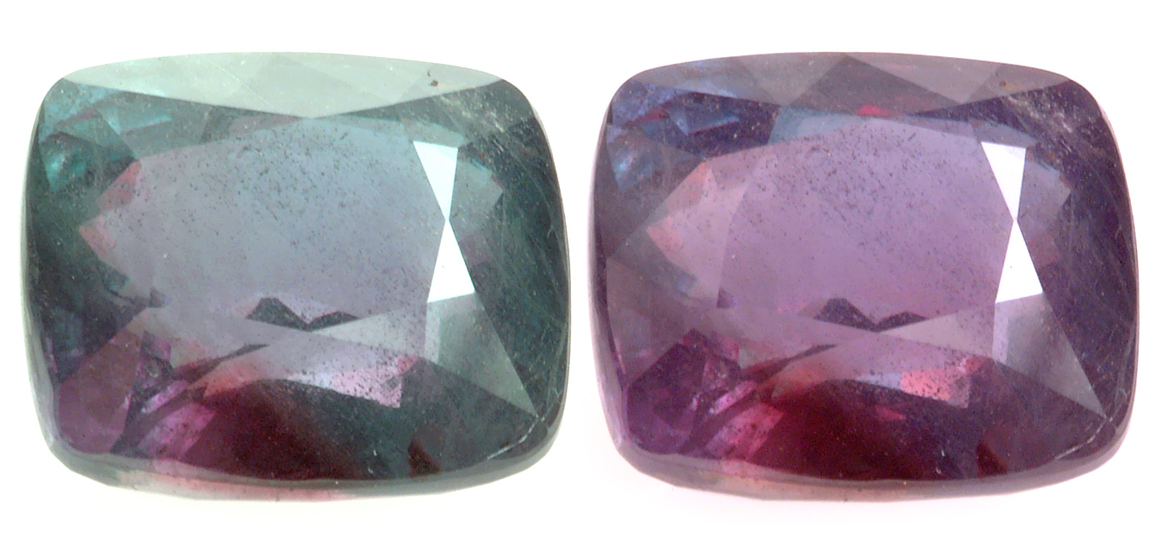
Ammolite: The Rainbow Fossil Gem
Ammolite is a living fossil gemstone derived from the fossilised shells of ammonites dating back over 65 million years. Recognised by the World Jewellery Confederation as a rare organic gem, its vibrant play of colours radiates across the entire rainbow spectrum. Found mainly in Alberta, Canada, ammolite’s iridescence and geological history differentiate it from traditional minerals. Its formation through organic processes and spectacular sheen ensures its place among the rarest and most dazzling gemstones on Earth.
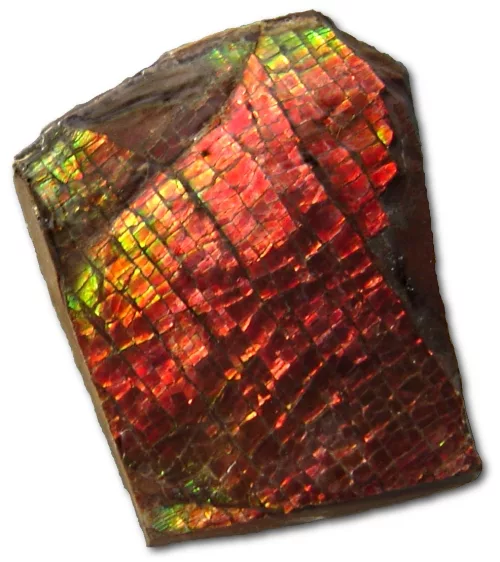
Scientific Mysteries and Geological Significance
The world’s rarest minerals unlock secrets about Earth’s geological past and processes. Many form at extraordinary depths or under unusual chemical environments, such as subduction zones or volcanic hotspots. For example, the formation of minerals like painite and red beryl involves unique chemistries that scientists are still studying today. Some rare minerals trace evidence of cosmic influences or offer insight into mantle dynamics far below the surface. Their study deepens understanding of mineralogy, tectonics, and planetary science, making them both precious jewels and scientific benchmarks.
The Allure of Rare Minerals in Collecting and Jewellery
Collectors prize these minerals not only for their scarcity but for their unique beauty, stories, and properties. Their rarity drives high demand and value, while authentication challenges heighten intrigue. Jewellery designers increasingly incorporate these uncommon gemstones, seeking to offer one-of-a-kind creations that resonate with exclusivity and natural wonder. As consumers grow savvier about origins and rarity, gems beyond diamonds fulfil desires for individuality and authentic connections with the Earth’s marvels.
Cultural and Historical Appeal
Throughout history, rare minerals have held spiritual, cultural, and monetary value beyond mere aesthetics. Jadeite’s revered status in East Asia, for example, transcends its beauty, symbolising virtue and power. Likewise, Burma rubies have historical ties to royal courts and legends. The rarity of these minerals has often fed myths and traditions, enriching human culture alongside scientific significance.
Sustainability and Ethical Sourcing Considerations
In modern times, the ethics and sustainability of sourcing the world’s rarest minerals have gained importance. For some minerals like tanzanite, finite deposits underline the need for responsible mining and fair trade practices. Ethical sourcing ensures these precious stones contribute positively to communities and environments, preserving their value and story for future generations.
Conclusion
Diamonds may dominate the gemstone world in fame, yet the world’s rarest minerals, beyond diamonds, reveal a world of richness, complexity, and wonder. From breathtaking colours to geological mysteries, stones like painite, taaffeite, and red beryl captivate beyond their scarcity. Collectors and scientists alike celebrate these natural marvels, continually unveiling new stories and discoveries. These extraordinary minerals remind us of Earth’s boundless creativity and encourage deeper curiosity to explore the treasures lying beyond the diamond’s sparkle.
Frequently Asked Questions (FAQs)
A mineral can be rarer than a diamond based on several factors, including its geological formation conditions, availability in nature, geographic exclusivity, and the scarcity of gem-quality specimens.
Kyawthuite is currently recognised as one of the rarest gemstones in the world, with extremely limited known specimens and a very narrow geographic range. Painite also held the Guinness World Record for the rarest gemstone for many years, prized for its unique chemistry and tiny supply.
Yes, many of these ultra-rare minerals, such as painite, musgravite, and taaffeite, can command very high prices due to their scarcity and demand among collectors. However, rarity alone does not guarantee investment value; provenance, quality, and market conditions also play critical roles.
Some rare minerals, such as red beryl, alexandrite, and Burmese rubies, are used in high-end, custom jewellery. However, many of the rarest minerals are too fragile or too scarce to be regularly used in jewellery and are often held in collections or museums.
Rare minerals often form in unique geological environments like deep mantle zones or volcanic hotspots. Studying their composition, formation, and locations provides clues about Earth’s tectonic activity, planetary formation, and chemical cycles, offering insights unattainable from common minerals.
Ready to Start Your Gemstone Journey?
Don’t wait to discover the world of gemstones! Explore these essential reads right away.
Fascinated by this article and want to deepen your gemstone expertise? Dive into our comprehensive Gemstone Encyclopedia. Here, you’ll discover detailed information about hundreds of precious and semi-precious stones, including their properties and values.
For those interested in the rich cultural significance and fascinating stories behind these treasures, our History section offers captivating insights into how gemstones have shaped civilisations. Or perhaps you’d like to learn more about birthstones?
And if you’re considering gemstones as more than just beautiful adornments, visit our Precious Metal Investing guide. Here you will learn how these natural wonders can become valuable additions to your investment portfolio.
![Pigment analysis of Raphael's masterpiece[7][8] reveals the usual pigments of the renaissance period such as malachite mixed with orpiment in the green drapery on top of the painting, natural ultramarine mixed with lead white in the blue robe of Madonna and a mixture of lead-tin-yellow, vermilion and lead white in the yellow sleeve of St Barbara.](https://gemstonesinsider.com/wp-content/uploads/2025/09/Raphael-Madonna_Sistine_sm-560x420.jpg)
